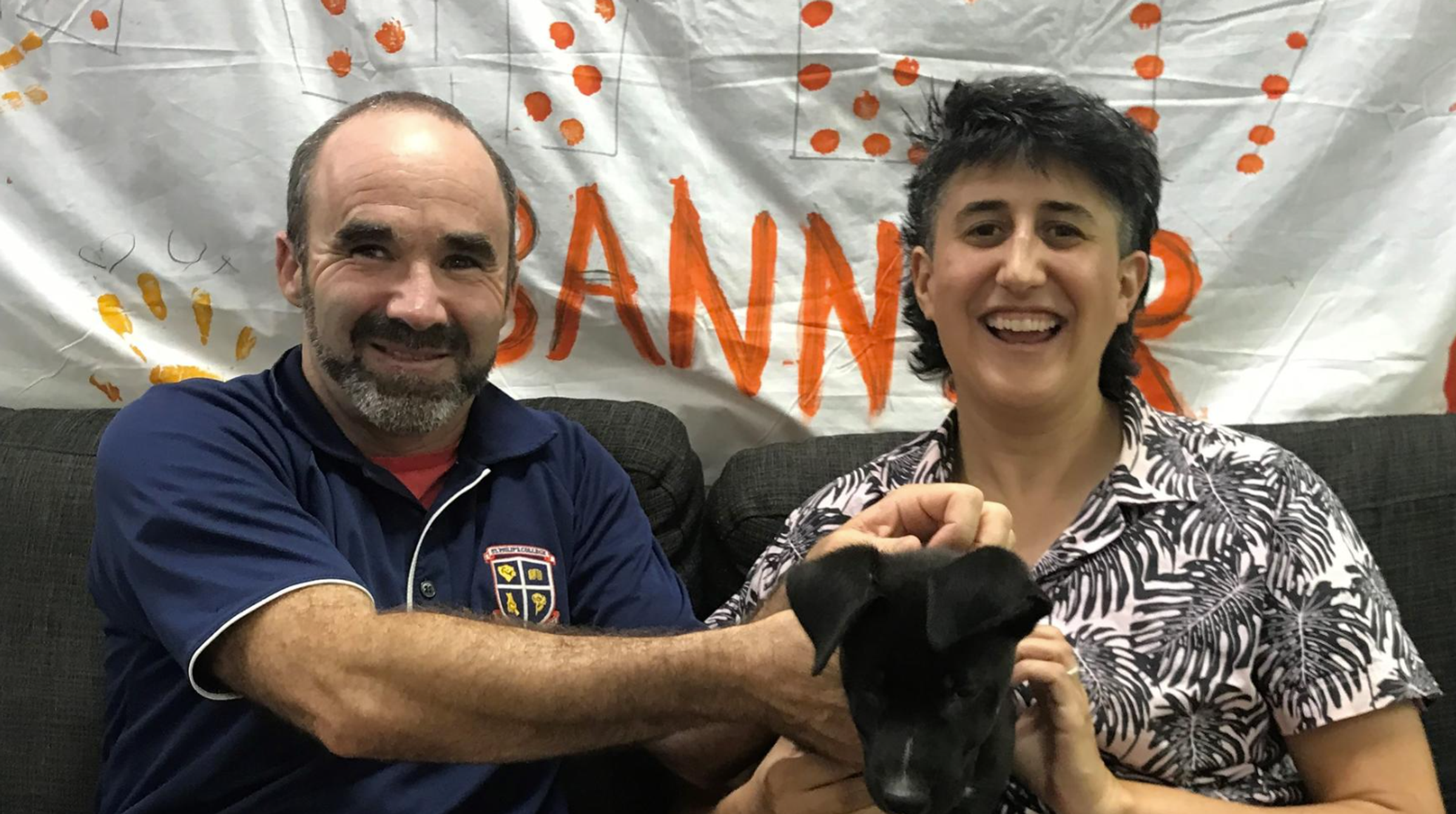Counsellor's Corner
An article by Fiona Vera-Gray

Counsellor's Corner
An article by Fiona Vera-Gray
Last week saw politicians and the police scrambling for solutions to end the epidemic of violence against women. There have been the usual suggestions of rape alarms, more police officers and better lighting, as well as the frankly bizarre advice to women to flag down a bus while resisting arrest.
It seems that some people are determined to keep the focus firmly on the actions of women and away from the actions of violent men. But there’s a basic question that we need to ask if we really want change. What is it about our culture that is enabling some men to abuse women?
We are living in a world where women’s humanity is constantly undermined. Where what we look like is more important than what we do, and where what is done to us is more important than who we are. Research on men’s sexual aggression has shown that the denial of women’s “human uniqueness” is a driving factor for some men who commit sexual offences. This means that, to make it harder for these men to offend, we need to make sure women are represented at all times as individuals with full lives. Unfortunately, that’s often not what we see.
Take for example the Bechdel test. Created over 30 years ago as an almost tongue-in-cheek account of how little women’s lives are represented on screen, the test simply measures whether films have two female characters with names who talk to each other about something other than a man. A 2018 BBC study found that less than half of all best picture Oscar winners would pass it.
It’s not much better in the world of television. Though there’s incredible work, like that of Michaela Coel, telling different stories about sexual violence, it jostles with numerous true crime documentaries giving us intimate access into the lives of men who have raped and killed women. Just last month the BBC announced a new drama based on the life of Jimmy Savile, set to explore his rise to fame and his final years “fighting rumours about his private life” (a phrase which essentially means hiding his prolific sexual offending). We know these men’s names, their childhoods, their aspirations. Even as they’re depicted as monsters, they’re granted more humanity than their victims.
And then there’s pornography. Here it’s not just about how women are represented, but about what is done to them and what they’re seen as desiring. It’s almost impossible to comprehend just how much internet traffic is directed at accessing porn. It has been claimed that porn sites get more visitors each month than Netflix, Amazon and Twitter combined.
We know that men are the majority of consumers (and producers) of online porn, but my own work has found that women’s use may be much higher – and more complicated – than we think. Research from the UK suggests that porn use begins during the early teenage years, though first-time viewing can be much earlier. And the kind of porn that everyone is seeing should be worrying us all.
Recent research conducted by myself and others at Durham University found that one in every eight titles on the front pages of the UK’s most popular porn websites described sexual violence against women and girls. This isn’t sexually violent porn hidden in some dark recess of the internet, only accessed by a few bad men. This is mainstream pornography on mainstream sites with the mainstream message that sexual violence is sexy. And there are companies behind it making millions.
Importantly, this isn’t a call for censorship or a “moral panic”: the sites themselves say this material shouldn’t be there. All of the sites we examined had terms and conditions against posting not only material that depicted acts such as rape, but also material that inferred acts of sexual violence, and any content that promoted or encouraged criminal behaviours. The fact we found so much of it on the front pages shows that these companies have no real intention of regulating their own platforms. This is just one of the reasons why the amendments to the online harms bill currently being campaigned for (such as ensuring the big porn sites are within the scope of the bill), are so important if we’re to hold porn companies to account.
Asking questions about our culture isn’t about looking for another scapegoat or single cause. Nor is it about seeking an excuse for the decision of some men to use violence. But if we are serious about ending violence against women we need to start asking why a woman’s non-consent can come to be seen as a barrier to be overcome, how coercion can be seen as arousing, and why women’s rights and freedoms can end up being disregarded.
We could be the generation that ends violence against women and girls, if we start with changing not women’s behaviour, but the stories we tell about them.
Fiona Vera-Gray is an assistant professor in the department of sociology at Durham University